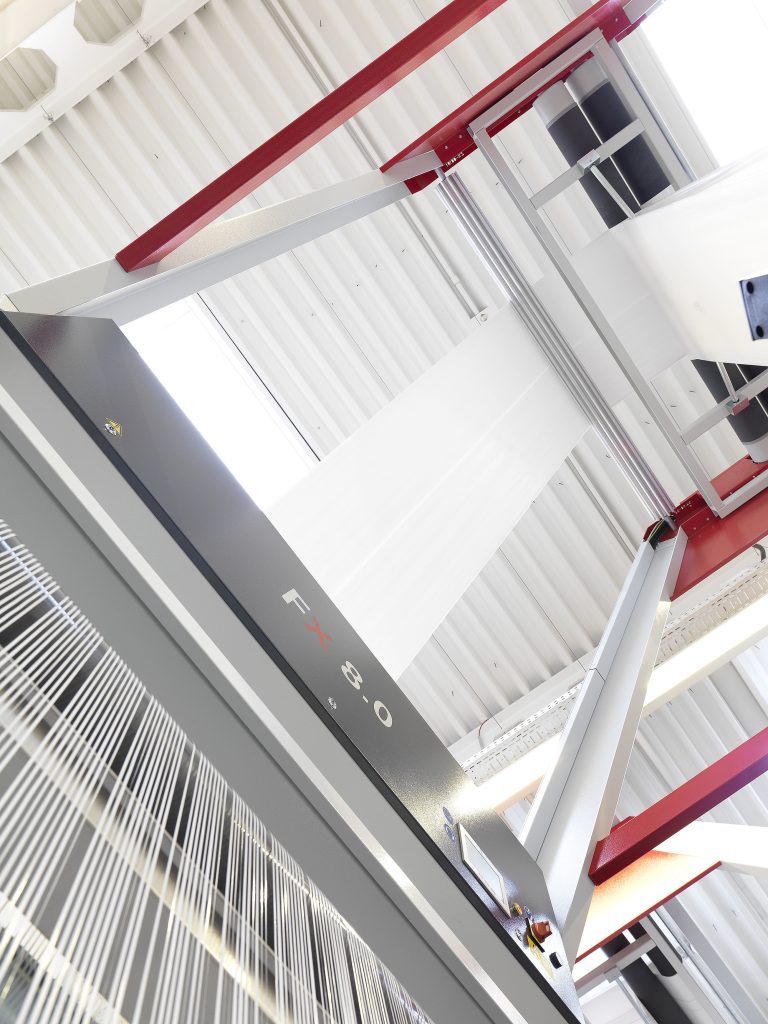
“Why are block bottom bags increasingly favored for moisture-sensitive products like chemicals and agricultural goods?”
The answer lies in their structural stability, customizable linings, and precision manufacturing enabled by advanced machinery from industry leaders like Starlinger and W&H. VidePak, a global leader in woven bag production, leverages these technologies to deliver block bottom bags that combine durability, moisture resistance, and scalability.
1. Introduction: The Critical Role of Block Bottom Bags in Modern Packaging
Block bottom bags, characterized by their flat rectangular bases and reinforced seams, have become indispensable for industries requiring robust moisture protection. These bags are particularly vital for storing hygroscopic materials like fertilizers, resins, and food additives. VidePak’s adoption of Austrian Starlinger and German W&H equipment ensures that their block bottom bags meet stringent quality standards while optimizing production efficiency.
Key Differentiator:
“Our partnership with Starlinger and W&H allows us to control every variable—from polymer extrusion to final stitching—ensuring consistent barrier properties even in humid environments.”
— Ray, CEO of VidePak
2. VidePak’s Technological Edge: Starlinger and W&H Machinery
VidePak operates over 100 circular looms, 16 extrusion lines, and 30 lamination machines, with Starlinger and W&H systems forming the backbone of their production.
2.1 Controlling Filament Temperature and Draw Ratio
- Filament Temperature Control:
Starlinger’s extrusion systems precisely regulate melt temperatures (typically 200–250°C) during polypropylene (PP) tape production. Consistent temperature prevents polymer degradation, ensuring uniform tape thickness (<0.05mm tolerance) and tensile strength (>45 MPa). - Impact on Quality: Overheating causes brittleness, while underheating leads to weak inter-fiber bonding, compromising moisture resistance.
- Draw Ratio Optimization:
W&H’s stretching units adjust draw ratios (5:1 to 7:1) to align polymer chains, enhancing tensile strength by 30% compared to conventional methods. Higher ratios improve fiber orientation, reducing porosity and moisture ingress. - Case Study: VidePak’s block bottom bags for flood-prone regions use a 6.5:1 draw ratio, achieving <0.1% water vapor transmission rate (WVTR) in 85% humidity environments.
2.2 Advanced Linings and Lamination
VidePak integrates multi-layer linings (e.g., BOPP, PE coatings) using Starlinger’s lamination technology. These linings are heat-sealed at micro-level precision to eliminate weak seams.
| Lining Type | Moisture Barrier Efficiency | Application |
|---|---|---|
| BOPP Film | WVTR: 5–8 g/m²/day | Fertilizers, Chemicals |
| PE-Coated Kraft | WVTR: 2–4 g/m²/day | Food Additives |
| Aluminum Foil | WVTR: <0.5 g/m²/day | Pharmaceuticals |
3. Market Alignment and Competitive Advantages
With annual sales of $80 million and a global footprint, VidePak’s success stems from:
- Customization: Over 20 ink colors and bespoke printing for brand differentiation.
- Scalability: 24/7 production capacity, delivering 5 million bags/month.
- Sustainability: 100% virgin PP resin ensures recyclability, aligning with EU and FDA regulations.
FAQs:
- How do block bottom bags prevent moisture damage?
Advanced linings and hermetic stitching create a multi-barrier system, blocking external humidity while retaining product integrity. - Why choose Starlinger/W&H machines?
Their closed-loop control systems reduce material waste by 15% and energy consumption by 20%, lowering production costs.
4. Industry Trends and Future Outlook
The global moisture-proof packaging market is projected to grow at 6.2% CAGR, driven by agricultural and chemical sectors. VidePak’s R&D focus includes:
- Smart Linings: Integrating RFID tags for real-time humidity monitoring.
- Bio-Based PP: Collaborating with resin suppliers to reduce carbon footprint.
For deeper insights, explore our guides on moisture-proof woven bags and Starlinger’s role in sustainable packaging.
5. Conclusion: Delivering Reliability Through Innovation
VidePak’s block bottom bags exemplify how precision engineering and advanced materials can solve critical packaging challenges. By mastering variables like filament temperature and draw ratio, the company sets benchmarks in moisture protection while driving sustainable growth.
Final Thought:
“In an era where a single leak can cost millions, investing in the right technology isn’t optional—it’s essential.”
— Packaging Industry Report, 2025